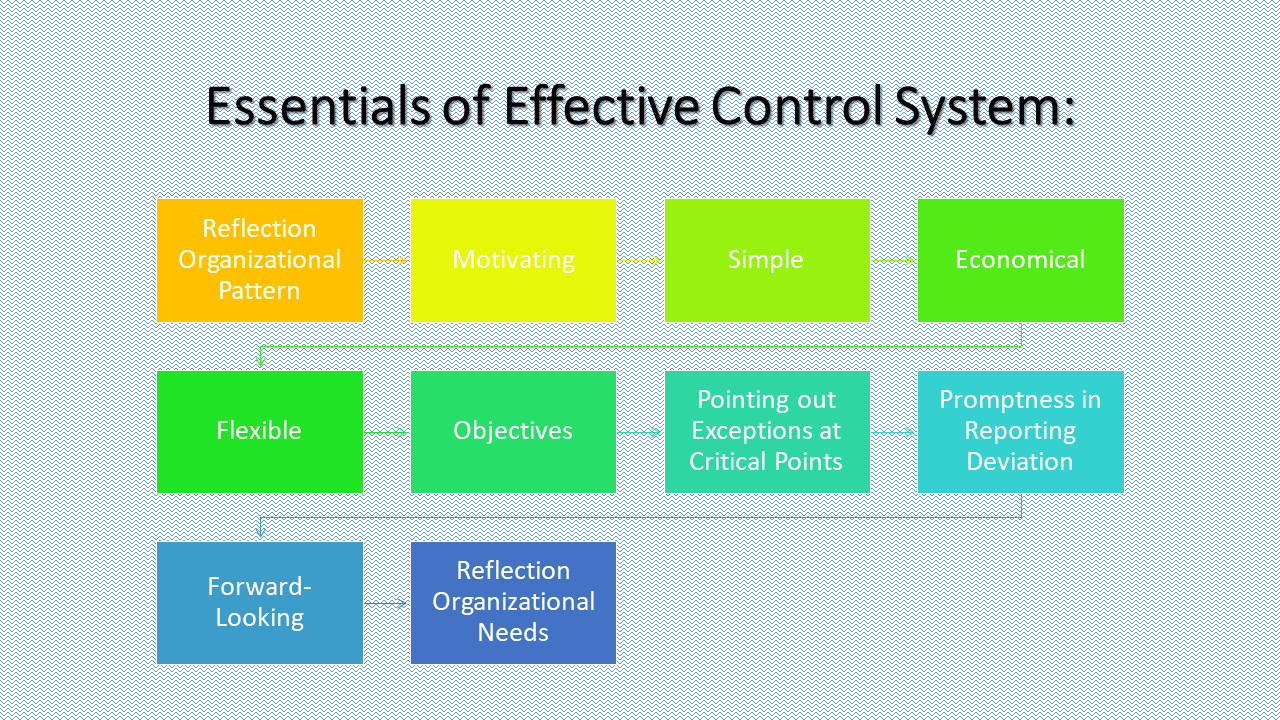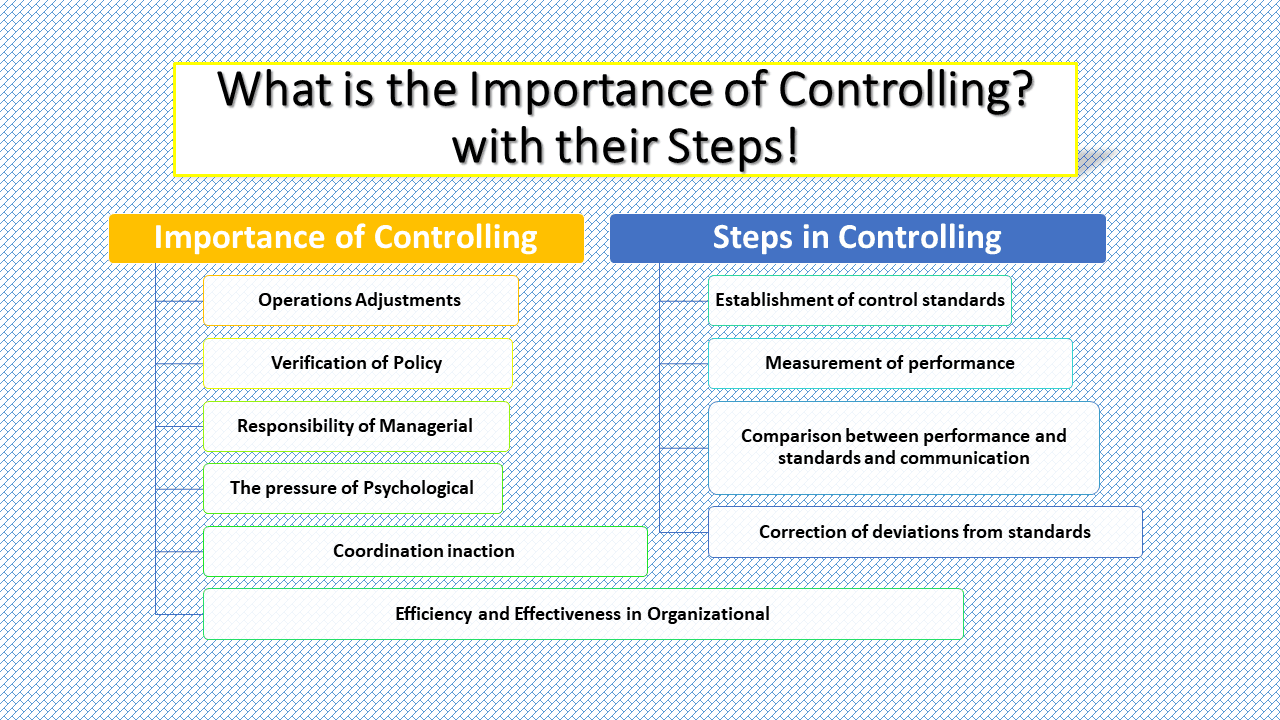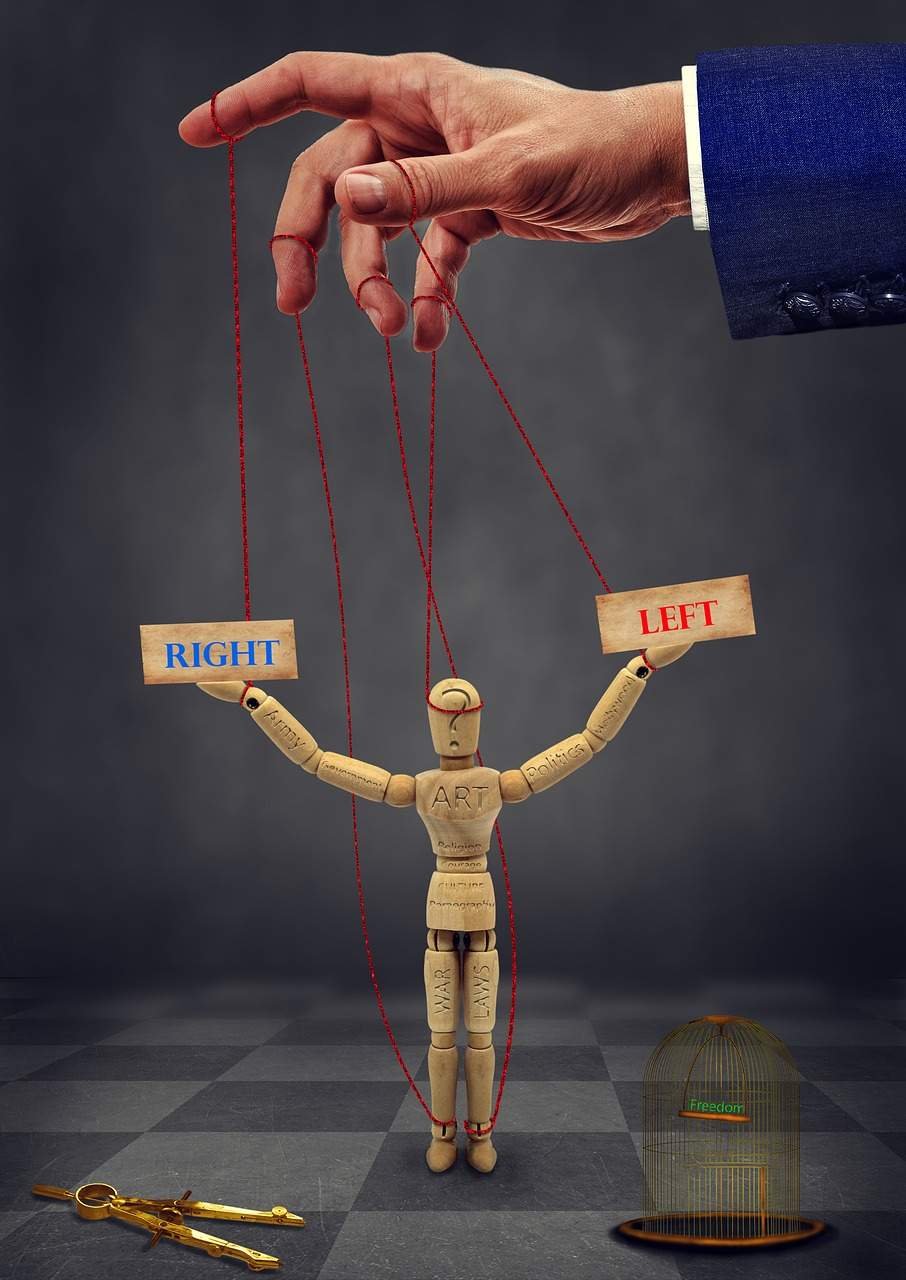Explanation of Quality and settlement countermeasures for construction project budgeting. In the current development process, construction engineering, as an important demonstration of our country’s economic strength, how to achieve maximum benefits in the construction process has become the main issue in the research of construction engineering enterprises. Reasonable control of the project budget preparation can make the project clarify the intention of the design drawings before construction, control the capital budget within a reasonable range, and provide a stable foundation for subsequent construction. Based on this, this paper proposes effective settlement countermeasures for units.
Here are the articles to explain, Quality and settlement countermeasures for construction project budgeting
Before the construction of a construction project budgeting, it is necessary to make a unified calculation of the required funds and labor costs to measure the value of the construction. This is the initial budget. After all the construction content of the project completes, the project needs to settle and relate expenses paid. The project budget is closely related to the settlement, and the budget will have a direct impact on the settlement, and the settlement can verify the accuracy of the budget again. And a reasonable budget can bring convenience to the settlement countermeasures of the project.
However, in the overall process, many factors will have an impact on the construction settlement countermeasures. Only by reducing the impact of various factors can the project proceed smoothly in a stable environment. In particular, engineering settlement has a certain complexity, and strict technical requirements, and requires a wealth of knowledge and sufficient patience.
Preparation of construction project budget
The budgeting of construction projects involves many aspects and is highly complex. Relevant personnel must have rich knowledge and strong professional abilities. At the same time, they need to continuously strengthen professional ethics, have a detailed understanding of the norms of engineering budgeting, and carry out budget work in strict accordance with the norms.
At the same time, when making a budget, it is necessary to go to the construction site in person for on-site work, summarize the factors affecting the project budget, and collect extensive information so that the budget preparation work can be better completed through this information and the quality of the preparation guarantee. During the preparation of the project budget, not only the preparation workers require to have strong literacy. But also the preparation personnel require to carry out the correct budget preparation by fixed procedures.
The budgeting work of construction projects can generally divide into different steps. First of all, the preparation work is very critical. Only by doing sufficient preparatory work can the budgeting carries out rationally. At the same time, field visits need to use as a comparative prerequisite for budgeting. Through the investigation, learn more about the building materials and construction equipment used in the construction process of the project. In addition, when calculating the number of construction projects, it is necessary to ensure the correctness of the calculation method and make reasonable calculations.
Factors affecting the accuracy of construction project budgeting results
(1) The impact of the project phase on the budget
Under normal circumstances, before the construction project begins, it is necessary to conduct an in-depth analysis of the feasibility of the construction project. If the project has certain feasibility, it is possible to prepare for the next stage of construction, and carry out a scientific and standardized design of the construction project to determine the specific construction plan. When the construction plan determines, formal construction can carry out. The construction project needs to carry out in strict accordance with the procedures from the proposal to the final smooth implementation. So it has obvious stages, and every link and stage takes a certain amount of time to complete.
(2) Modification of architectural design
Before the construction project officially begins, reasonable budgeting and drawing design require. And these two tasks stand completed together at almost the same time. For the design of the project, it is not only necessary to carry out the scientific design in combination with relevant design specifications. But also to ensure the feasibility of the design so that the construction project can carry out smoothly. Therefore, when designing, it is necessary to take field visits as the focus of the design, have a clear understanding of the overall construction environment, and make targeted modifications and optimizations to the architectural design by the actual situation to ensure that later construction personnel can better complete the construction work.
Reasons for over-budget settlement of construction projects
In the settlement of construction projects, many factors will lead to over-budget situations. After analyzing them, it stands found that there are many different reasons for over-budget. Among them, different preparation bases and different preparation times are the main reasons for budget overruns.
- First of all, the preparation basis is different. When the construction project is budgeting, the drawings stand mainly used as the main basis for the preparation, and the sudden problems do not fully analyze and consider. Settlement countermeasures is different. It has the characteristics of integrity and requires accurate analysis of all aspects of construction. Including modifications, related changes, etc. It is an actual cost consumption.
- Secondly, the budget preparation stands generally carried out before the construction, and the settlement preparation needs to stand uniformly settled after the construction of the project.
In addition
From project decision-making to becoming an actual building, different construction entities must strengthen cooperation. However, these construction subjects generally do not conduct a reasonable analysis of the overall budget of the building, pay more attention to the economic benefits they can achieve, and relatively despise the overall cost of the project, especially in the process of project implementation, the budget amount will not stabilize, and there will be a certain degree of change.
There will be many difficulties in controlling it. In addition, in the construction process, if the supervision and management work does not play a role, it will cause a lot of loss of construction funds, and it will not be able to provide financial support for the normal development of construction, which will fundamentally increase the overall cost of the project.
Methods of controlling the settlement of construction projects
(1) Strengthen supervision
Supervision and management work runs through all aspects of the overall construction of the construction body, and effective supervision needs to stand done in different aspects. In the process of engineering decision-making, it is necessary to carry out scientific management and strict control of capital investment. In this process, construction technology and engineering structure will have a direct impact on investment. Therefore, only by conducting all-around supervision and reasonable control of the factors that may affect investment can the correctness of decision-making exist guaranteed.
Secondly, when conducting architectural design, it is necessary to have a clear understanding of the architectural design intent and accurately present it in the building to make the architectural design more practical. Features. Finally, during the project, the budget amount will continue to change. The purchase of construction materials and the selection of construction equipment during the construction process will also affect the construction budget. Therefore, in the actual process, it is necessary to effectively supervise the purchase of materials and the progress of construction to ensure that the construction equipment and construction materials meet the construction needs.
(2) Bidding and bidding, pay attention to the quality of bidding documents
Obtaining construction rights through bidding and bidding can control the construction price of the project within a reasonable range. So that the project can carry out construction at the most reasonable price, and avoid the appearance of malicious bidders. Because some winning companies have too low price control. It is easy to cut corners in the later construction process. Which has a direct impact on the quality of the project.
Moreover, in the bidding process, more attention and attention need to pay to the bidding documents. And the responsibilities that both parties need to perform stand stipulated in detail. The bidding documents prepared need to analyze and consider for the project as a whole. Strict regulations stand required from the cost procurement of the project to the final construction. So that the winning bid price is consistent with the contract price.
(3) Improve the quality of design drawings
Design drawings are the most important content in the entire project. Which can effectively ensure the rationality of budget cost control and provide convenience for project settlement. Therefore, it is necessary to carry out scientific and standardized drawing design. So that the construction drawings can meet the actual construction needs. To avoid unreasonable construction design during the construction process. Which will affect the smooth progress of the project. The design drawings must carry out by specialized designers.
After analyzing the actual construction projects in our country. It stands found that our country still needs to continuously strengthen the training of architectural design talents. So that they can establish a good sense of cost control. If you only pay attention to the innovation of construction technology and the impact on the cost of the project stands relatively underestimated. It will cause many obstacles to the construction and cause inconvenience to the settlement countermeasures of the project.
(4) Standardize on-site visas
On-site visa control must be consistent with relevant regulations and requirements. Only by obtaining an on-site visa can targeted changes make to avoid incomplete procedures causing trouble to the contractor. Making it unable to honor the price in time in the face of sudden changes in construction. After the construction is completed, you need to contact the supervision department immediately to confirm the on-site visa.
On-site visas must take pictures of the construction site and place completed photos in the visa form. At the same time, the visa form needs to process promptly by the provisions of the contract. And the quantity and price of the project should adjust in a targeted manner.
Conclusion
In summary, with the continuous increase in construction projects. The importance of the pre-settlement of projects is becoming more and more prominent. In a work where complexity and difficulty exist at the same time. The project budget is the overall control of the entire project. In today’s changing competitive environment. If an enterprise wants to gain an absolute advantage in market competition. It must pay more attention to the quality of construction. So that the construction can carry out in a stable environment.
At the same time, it must pay more attention to the project budget. This requires the compiler to have a clear understanding of the project. And every link from the site to the drawings needs to be accurately controlled to make the prepared budget more in line with the actual construction. Only in this way can the accuracy of project settlement countermeasures not be affected by changes in project volume during the construction process, and the expected construction effect can be achieved.






















